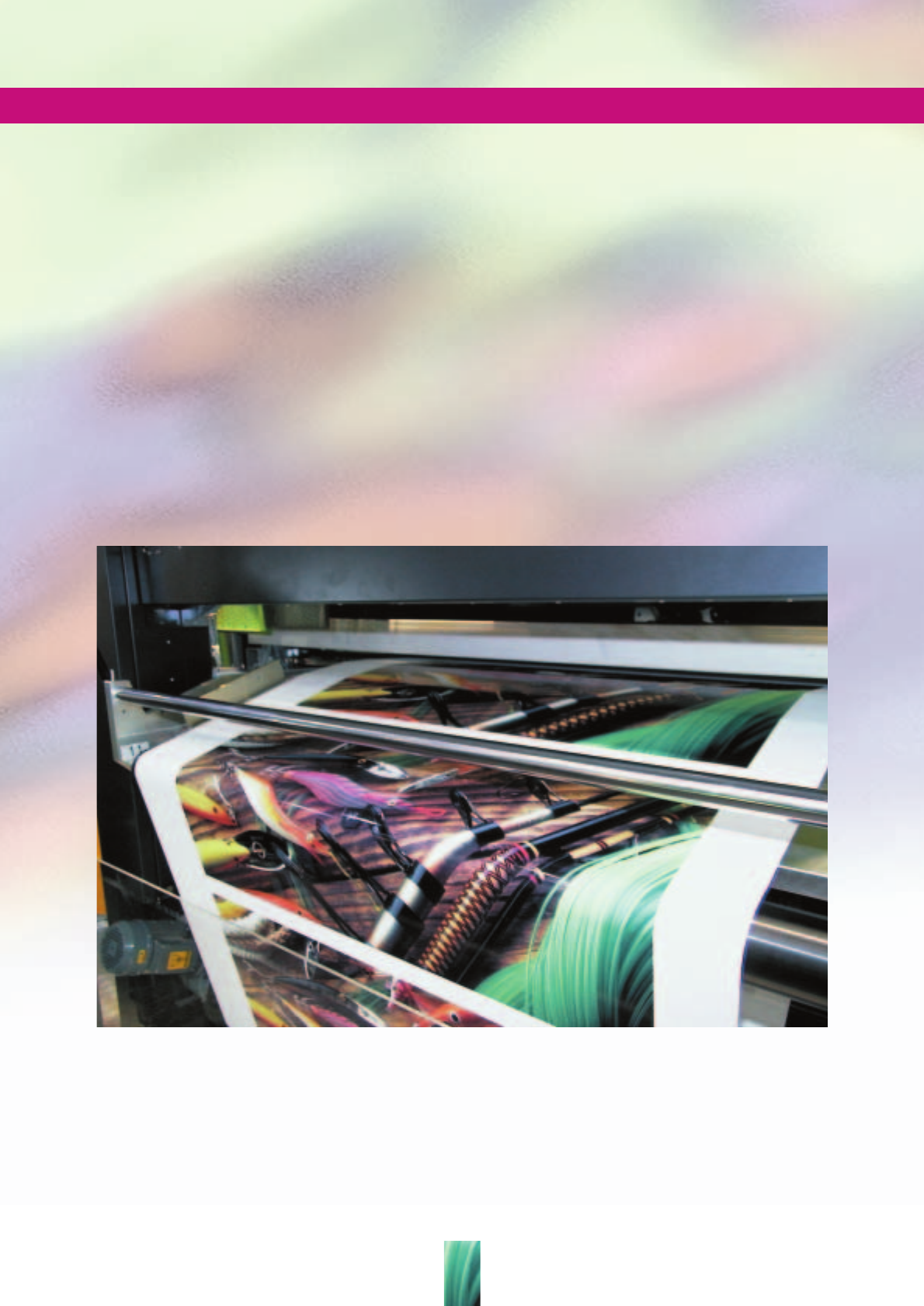
18
Jetting Trends
In spite of multiple advances in inkjet printing technology
over the last decade, all the indications are that the
technology is set to grow even more over the coming
decade. The advent of the Internet, far from reducing the
desire for printed information as initially expected, has
actually seen it grow, creating a spiralling demand for
PCs and printers in households the world over, bringing
with it the capability of desktop ‘on demand’ printing.
Furthermore, through inkjet, outstanding colour print
quality at a low price is now possible, with most devices
supporting (or are moving towards support of) six-colour
printing/proofing capability (CMYK and two additional
colours). Similarly, through advances in ink technology
and glossy paper grades, photo-realism image quality is
now readily attainable.
As a backdrop to all this, inkjet printer manufacturers
are continually looking at new ways of creating a
competitive edge. With R&D spending continually being
ploughed into means of decreasing drop size and
increasing resolution and multi-drop / variable drop
technological advances. Continuous inkjet technology,
developed by Scitex for example, can already reach
speeds of 300 m/min.
‘INFORMATION IS KING. THE SUNDAY EDITION OF THE NEW YORK TIMES ON
AVERAGE CONTAINS MORE INFORMATION THAN WAS PRINTED IN THE WHOLE OF
THE
15TH CENTURY.’ MARTHA BECK, O MAGAZINE, APRIL 2002)


















